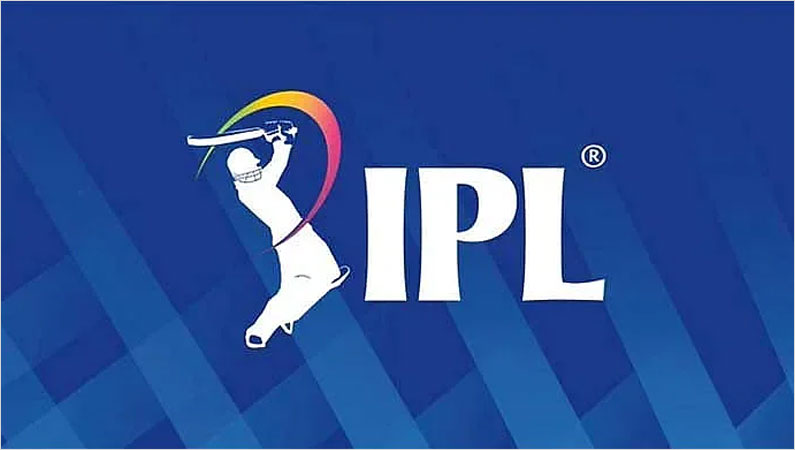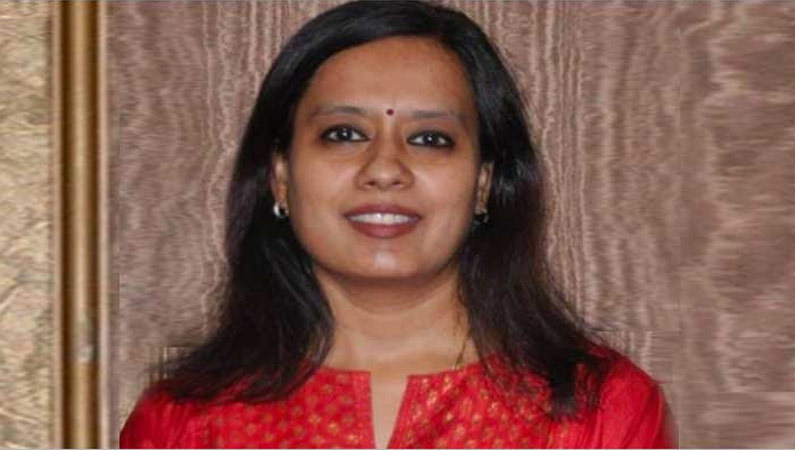Adlanders opine that while it’s heartening to see big brands taking a stand against discrimination, the movement must not be used as a mere marketing tool The killing of George Floyd coupled with the disproportionate devastation that Covid-19 has brought globally seems to have left brands in a quandary about what to do or how to communicate about diversity and inclusion. The ‘Black Lives Matter’ movement forced one of the biggest brands - Unilever - to rebrand its popular skincare brand ‘Fair & Lovely’ after decades. It has dropped the word ‘fair’ in a bid to create a more inclusive vision of beauty. Globally, PepsiCo-owned Quaker Oats has announced that it would ‘retire’ Aunt Jemima from its packaging as the brand is based on ‘racial stereotypes’. Furthermore, Uncle Ben’s, the company selling rice and related products, also took the call to scrap the image of a black farmer that the brand has been going with since the ’40s. Meanwhile, Johnson & Johnson said it would no longer sell skin-whitening creams, popular in Asia and the Middle East. With several other brands seeming to be struggling to find their place in the public dialogue, industry leaders weigh in on the snowballing furore, areas to be addressed and why companies must look inwards while taking a stand against discrimination rather than using it as a mere marketing tool. Mounting Outrage In a bid to take a stand against social stigmas that still exist in the society, brands are beginning to send a clear message through their campaigns – it’s time to cherish and encourage diversity and equality. The present situation speaks loud and clear of how brands need to fix discriminatory offerings, now. Subhash Kamath, CEO & Managing Partner, BBH, believes that when it comes to diversity and inclusivity, whether it’s to do with race, gender, religion, caste or any other barriers, brands should go as far as it is socially relevant or even better, socially inspiring or provocative. “For years, people have accepted the axiom that advertising is a mirror of the society. But I believe it can do much more than reflect existing values. If done well and insightfully, brands can also influence popular culture in a positive way. It’s a responsibility that marketers and the creative industry have to take upon themselves. The way we create purposes for our brands, the way we story-tell, the issues we depict and the characters we portray: all have a bearing on our consumers’ minds and behaviour,” Kamath explained. Marc Pritchard, Chief Brand Officer of P&G, one of the largest advertisers, recently said the maker of Tide detergent and Gillette shaving products had started a comprehensive review of all media channels, networks, platforms, and programmes to ensure that its ads come nowhere near content that is discriminatory. K V Sridhar (Pops), Global Chief Creative Officer of Nihilent & Hypercollective, states that it is the responsibility of the advertisers and marketers to adopt a purposeful and responsible position. “It’s not a legal but a moral issue, and needs to be dealt with by values and vision of the brands. No one with a proper mind will encourage realism, I feel it’s the act of ignorance from the marketers. Glad the biggest brands are waking up.” Of all the brands taking a stand, Nike was among the quickest to release a 60-second spot from Wieden+Kennedy Portland, encouraging people to not turn their backs on racism and came up with a twist on its long-used tagline: “For Once, Don’t Do It”. Other brands like YouTube, National Football League (NFL), Disney, Amazon and Netflix have followed suit. Prathap Suthan, Managing Partner and Chief Creative Officer (CCO) of Bang In The Middle, believes there have been enough and more brands that have already broken through the existing societal trends and presented a braver stance. “Look at Benetton the brand, and their stark advertising. Or so many other fashion and shoe brands that choose to drive their appeal on merit and competence, regardless of ethnicity, sexual orientation, looks, language and religion. On the whole, there may have been brands that by the very nature of their products have encouraged people to look fairer and dwelled on the success quotient of fairer skin, 99.99% of advertising has always been inclusive. This is despite our boorish and prevalent culture to equate merit and success with the optics of fairer skin. Advertising is the clarion call of diversity,” he asserted. The ‘Dark’ Side Thought leaders point out that closer home the larger issue is about colourism rather than racism. According to Dheeraj Sinha, Managing Director & Chief Strategy Officer, South Asia, Leo Burnett, brands and marketing have unfortunately been caught on the wrong side of the racial debate. “For decades, whether covertly or overtly, brands have underlined discriminatory archetypes and cultural codes. That fair skin is beautiful skin is nothing but a race/class-led narrative, turned into a beauty need by marketing. That a clean home and well turned out kids and husband are a report card of the woman is also a narrative that many household brands have propagated for many decades. Now that there’s a big cultural uprising, brands are calling their conscience to the boardroom and making some insignificant changes,” he observed. Furthermore, Sinha noted that as a part of the socio-cultural fabric, brands need to have woken up to this imbalance earlier. The weight of correction by brands has to be heavy enough now to counterbalance the decades of exercising weightage on the wrong narrative, he added. “Some did, but many went about raking in profits, continuing to put media budgets behind regressive narratives. Even now, what’s being done is perhaps not enough. The cultural meaning system that brands create has a big impact on how people build a sense of themselves. It’s imperative that brands go to great lengths to help the society correct its moral compass, by putting weightage on the right cultural narratives and making corrections that are significant, not superficial,” he remarked. In an interesting development, matrimonial website Shaadi.com has taken down a skin colour filter which allowed its members to sort prospective alliances based on skin colour. Sumanto Chattopadhyay, Chairman and CCO, 82.5 Communications, cautions that while it is a welcome step for a brand to distance itself from this vocabulary of stereotyping, the reality is that this might not eliminate the hankering for fairer skin overnight. “The obsession with lighter skin is obvious when you see the requirements stated for brides in the arranged marriage market. ‘Fair’ is almost always a given. If you look at phrases like ‘gaon ki gori’, you see that the word ‘gori’ means both fair and lovely. The change will require all of us to question our own biases and teach our children not to differentiate between lighter and darker skin. Then, in a generation, the demand for such products or brands would disappear. The reality currently is that the demand is huge – and as long as that is there, products and brands will find ways to cater to it.” ‘Walk the walk, not just talk the talk’ Industry observers point out that if brands think they can cynically tap into public sentiment and support popular causes, they need to be beware and note that if their own beliefs and behaviours don’t match what they’re preaching, they are bound to face a backlash. Anil K Nair, CEO, VMLY&R India, says that while there is mounting pressure on brands to walk the talk on diversity, inclusivity and sustainability, lip service is not good enough and positive action has been demanded in most cases. “The conflagrative nature of social networks also makes it difficult for brands to brush incidents off, and go back to business as usual. This ‘woke’ generation is already reeling from the devastating impact of the runaway consumerism of their predecessors. They are hyper-sensitive to these matters and will not tolerate any delinquency,” he pointed out. Nair is quick to note that the interesting thing is that the ‘woke folks’ are not vindictive but they are, in fact, appreciative of authenticity and of brands that are brave enough to come clean and change their ways. Nair advises that it is of essence for brands and agencies to look inwards and correct their own possible imbalances before going out and weaving conversations against discrimination. “Whether it's from a gender/and or sexual orientation perspective, brands need to look internally and fix their own imbalances first. These times demand it and a positive change is always beautiful. Advertising agencies that have long been willing co-conspirators to brands and their improprieties need to advise their clients, to call out what’s wrong and save the brand any damage in the long run,” he explained. To be sure, a slew of brands have decided to commit to the cause in a big way and pledged to be the change themselves rather than merely speaking about it. PepsiCo CEO Ramon Laguarta, in his recent op-ed, announced a commitment of $400 million over five years "to lift up Black communities and increase Black representation at PepsiCo". Tech giant Apple, too, announced the launch of the Apple Racial Equity and Justice Initiative with an investment of $100 million. The company said it would focus on "fostering and lifting up" developers of ‘Color’ and increase spending with Black-owned partners in the company's supply chain, as well as work to improve diversity and inclusion within the company's ranks and work with historically black colleges and universities, community colleges, STEM educators and underserved students as well as partner with the Equal Justice Initiative. Mithila Saraf, Business Head, Famous Innovations, feels that certain brands are taking these large steps out of global pressure and the fear of being called out. “India has a long way to go in the battle against obsession with fair skin. We’re still a ‘drinking-milk-makes-you-fair’ believing country at large. And brands, at the end of the day, serve and amplify consumer sentiment, not create it. Today, the changed mindset is only visible among a niche of younger, urban, seemingly ‘woke’ group - and is being used a ‘cool thing to say’ vs. an actual belief system for most,” she remarks. Saraf also believes that the reality is visible in smaller actions like casting auditions, stock image selection, brand muse descriptions in strategy decks. “When casting a dark-skinned girl in a beauty commercial stops being a statement or a ‘regional play’, that is when our conversation can really begin.” Recently Zoom’s CEO too sent out a company-wide email to its employees acknowledging the disproportionate impact of the COVID-19 pandemic on the Black Community and the impact of individual, institutionalised racism and violence endured by the Black Community. He stated that its leadership team would, as a start, learn more about social and racial justice, how to engage and act as an organisation and how best to activate the power of philanthropy to support external partners and ‘lock arms’ with its employees. Aalap Desai, National Creative Director, mcgarrybowen India, pronounces that if brands don’t stand with this changing narrative, then, unfortunately, they will be seen as someone standing against it that he says is a spot that they should never find themselves at. “From ‘Isko laga daala toh life jhingallala’ to ‘Har ek friend zaroori hota hai’, advertising has always been an essential part of the culture of our country. This responsibility to do the right thing comes with the power that brands hold in our lives. It is a considerable influence. That’s why they should go as far as they can to do the right thing. To change the narrative around their products, to fix discriminatory offerings in their products,” Desai pointed out. Thus, the common consensus is that brands must either speak out against any kind of discrimination and intolerance or risk losing customers. Moreover, the indication is for brands to put their money where their mouth is and tackle economic exclusion rather than merely use the movement to gain clout without committing to eliminate equality in their own businesses.










